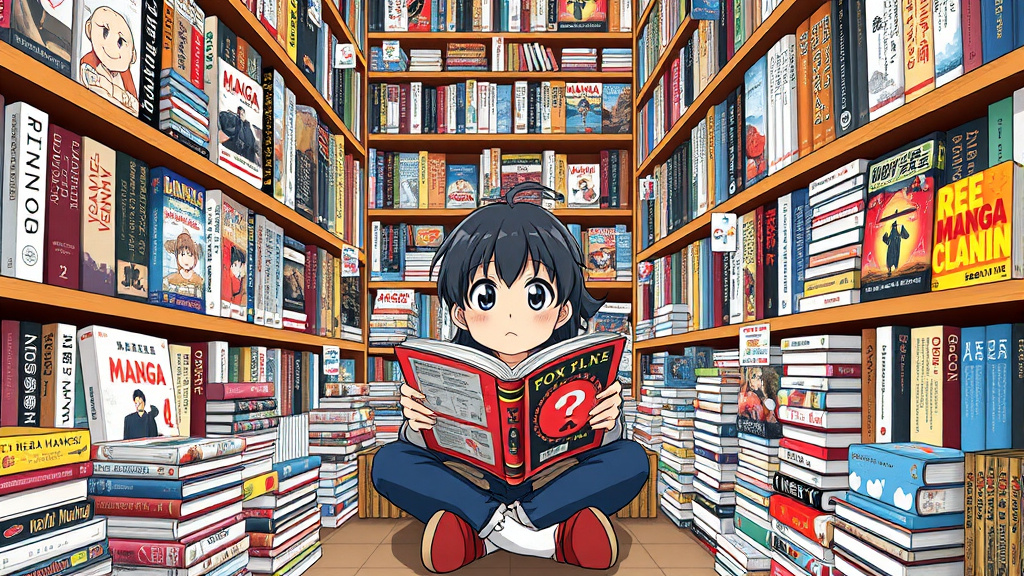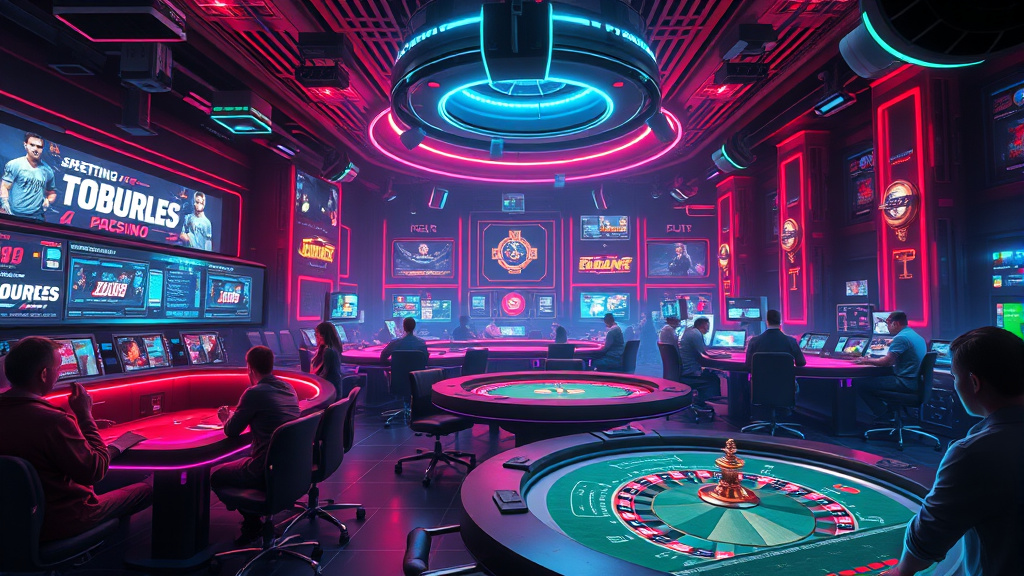anime comic books in english have become an increasingly prominent aspect of global pop culture, blending visual storytelling traditions from Japan with Western comic book artistry. This unique hybrid appeals to diverse audiences, fueling a cultural exchange that transcends national borders. As fans in English-speaking countries engage more deeply with anime and manga, the adaptation and incorporation of these styles into traditional comic books highlight a fascinating evolution in storytelling and artistic expression. This article explores how anime comic books in English are shaping, influencing, and intertwining with cinematic, literary, and fan cultures worldwide.
The phenomenon of anime comic books in English symbolizes more than just the translation of Japanese media; it represents a dynamic fusion of cultural aesthetics, storytelling techniques, and subcultural communities. From the influence on art styles to storytelling themes, and the impact on industry practices, this movement underscores the expanding global reach of media that gravitates toward a blend of Eastern and Western narratives. As we journey through this multifaceted landscape, we will uncover how these hybrid comics are redefining the boundaries of traditional publishing and fandom, and what future trends might emerge from this cultural confluence.
Exploring the Crossover Appeal - Anime and Comic Books in the English-Speaking World
The crossover appeal between anime and comic books in English-speaking nations extends beyond mere fans’ interest—it embodies a cultural shift towards greater inclusivity of diverse storytelling motifs and artistic conventions. Both mediums command passionate communities that thrive on shared themes like heroism, moral dilemmas, and complex character development. This synergy creates an inviting environment where fans of one genre easily embrace the other, often leading to the emergence of hybrid narratives that appeal to a broader demographic. The vibrant fan art, conventions, and social media groups dedicated to both anime and comics exemplify this burgeoning cultural blend, fostering a sense of global community.
What’s particularly fascinating is how this crossover influences mainstream media, including film and television adaptations, merchandise, and publishing. The English market’s receptiveness to anime comic books demonstrates a shift from viewing Japanese media as niche to recognizing its potential for mainstream commercial success. This cultural translation fosters a more inclusive entertainment landscape where stories from different parts of the world become accessible and appreciated, broadening the horizons of imagination for fans and creators alike. The intertwining of anime and comic book worlds in English signifies an evolving cultural phenomenon rooted in shared storytelling values and artistic innovation.
 Hình minh họa: anime comic books in english – muctao com
Hình minh họa: anime comic books in english – muctao comFrom Manga to Marvel - Tracing Anime’s Influence on English Comic Book Art Styles
The evolution from traditional manga to Western comic book art styles illustrates a significant influence of anime aesthetics on the comic industry in the English-speaking world. Artists and publishers increasingly incorporate manga-inspired elements such as dynamic panel layouts, exaggerated facial expressions, and motion lines to evoke a sense of fluidity and emotional intensity. This shift is not merely decorative but reflects a deeper appreciation for storytelling techniques rooted in Japanese manga, which emphasize expressive visuals and pacing. Through this blending, comic books have gained a fresh vibrancy that resonates with contemporary audiences seeking visually engaging narratives.
On a personal level, many artists see the integration of anime styles as an innovative way to push creative boundaries and appeal to younger or more diverse readerships. The influence extends beyond art—storytelling conventions like serialized storytelling, character archetypes, and immersive world-building also borrow from anime traditions. This fusion has led to a new subgenre within the comic industry, where Western narratives are infused with anime sensibilities, allowing for richer, more emotionally resonant stories that transcend geographical origins. The ongoing cross-pollination of styles signifies a cultural dialogue that enhances the artistic vocabulary of comic creators worldwide.

Bridging the Gap - How Anime Adaptations Have Impacted Comic Book Popularity in English-Speaking Markets
Anime adaptations have played a pivotal role in bolstering the popularity of comics in English-speaking markets by acting as accessible entry points for broader audiences. The success of anime series often sparks curiosity about the original source material—manga or light novels—and, by extension, the comic books or graphic novels inspired by those stories. Publishers have increasingly embraced this trend by releasing English-language editions of popular anime-inspired comics, which have experienced substantial commercial success. This symbiotic relationship creates a feedback loop: anime drives sales of comic books, and successful comics reinforce the popularity of anime adaptations.
Furthermore, the cultural shift towards accepting non-Western storytelling formats has made it easier for audiences to engage with anime-inspired comic books, seeing them as legitimate works of art rather than niche collectibles. The accessibility of online streaming platforms and digital publications further amplifies this impact by providing instant access to anime and manga content, which subsequently fuels interest in translated and original English comics influenced by those mediums. This bridging of mediums not only expands the reader base but also encourages diverse narratives, helping to diversify the storytelling landscape and elevate the profile of anime-inspired comics within the broader pop culture scene.
Analyzing Narrative Similarities - Common Themes in Anime and English Comic Books
A key reason behind the appeal of anime comic books in English is the profound similarity in thematic content shared across both mediums. Stories centered around themes such as heroism, identity, sacrifice, friendship, and the fight between good and evil resonate strongly with audiences worldwide. Both anime and comic books frequently explore complex moral dilemmas and character growth, providing emotional depth that fosters strong reader engagement. These common themes serve as cultural touchpoints, enabling audiences to connect with a diverse array of characters and narratives regardless of origin.
What’s particularly striking is how these shared themes are adapted to fit the cultural contexts of each medium. Anime often employs intricate world-building and philosophical questioning, whereas Western comics might emphasize action-packed sequences and visual spectacle. Yet, both mediums showcase stories that reflect societal values, fears, and aspirations, making them powerful tools for social commentary. The convergence of themes illustrates that despite differences in art styles and storytelling conventions, both anime and comics amplify human experiences, fostering empathy and understanding across cultures. This thematic overlap acts as a bridge that unites fans and creators in a shared storytelling tradition.
The Evolution of Digital Distribution - Anime and Comic Books Embracing English-Language Online Platforms
The advent of digital distribution channels has revolutionized how anime comic books in English are produced, shared, and consumed. Online platforms like Webtoon, Tapas, and Crunchyroll Manga have democratized access to manga-inspired comics, allowing independent creators and established publishers to reach global audiences effortlessly. This shift has facilitated the emergence of a new generation of artists whose work is characterized by the blending of anime aesthetics with Western comic sensibilities, often serialized and made available for free or through subscription models. Digital distribution’s immediacy and interactivity help foster vibrant communities where fans can discuss, critique, and influence ongoing narratives.
For creators, digital platforms offer a space to experiment with storylines and art styles that reflect contemporary trends, such as incorporating anime-inspired visuals into original comic stories. This evolution highlights a shift from the traditional print-centric industry to a more inclusive, accessible landscape. As a result, the proliferation of online content has expanded the scope and diversity of anime-inspired comics in English, encouraging cross-cultural collaboration and innovation. The convergence of these digital platforms is shaping the future of storytelling, making anime comic books in English not only more widely available but also more creatively diverse.
Fan Culture and Community - Examining the Overlap Between Anime and Comic Book Enthusiasts in English-Speaking Countries
The intersectionality of fan communities around anime and comic books in English-speaking countries reveals a vibrant subculture rooted in shared enthusiasm and creative expression. Conventions like Comic-Con and Anime Expo serve as melting pots where enthusiasts showcase their cosplay, fan art, and fan fiction, blurring the lines between traditional comic fans and anime aficionados. This overlap fosters a community that appreciates diverse storytelling styles, contributing to an environment where creative collaborations and cross-genre projects often thrive. The social media landscape further amplifies this cultural exchange, with fan-created content celebrating both media forms and reinforcing their interconnectedness.
Moreover, this overlapping fandom has implications for industry practices, influencing publishing choices, marketing strategies, and even the thematic focus of new works. As fans become more invested in both anime and comics, their voices shape the medium through crowdfunding and online petitions, pushing creators toward more inclusive and innovative narratives. The collective energy of these communities accelerates the acceptance of hybrid genres and styles, creating a dynamic ecosystem that continuously evolves. Ultimately, the cultural overlap between anime and comic book enthusiasts underscores a broader trend of global interconnectedness in entertainment, driven by shared passion and creativity.
Localization Challenges - Adapting Anime and Comic Books for English-Speaking Audiences
Localization remains a complex but crucial process in making anime comic books in English accessible and engaging while respecting original cultural nuances. Translators face the challenge of balancing fidelity to the source material with readability for a different cultural context. They must adapt idioms, humor, and cultural references without losing the story’s essence. The nuances of language and the cultural meanings embedded in Japanese anime and manga require careful contextualization to resonate with Western audiences, often leading to metacommentaries, annotations, or creative translation choices. This process is essential for maintaining authenticity while making stories approachable for new readers.
Beyond language, localization involves adjusting art, tone, and thematic elements that may not translate directly across cultures. Certain cultural symbols or societal sensitivities may necessitate modifications or explanations. While such changes can sometimes risk diluting the original intent, they are vital in fostering acceptance and understanding. As the anime comic book scene in English continues to grow, developing effective localization strategies will remain critical to bridging cultural gaps and expanding the reach of these dynamic storytelling mediums. It’s an evolving challenge that reflects the globalized nature of modern entertainment.
Beyond Superheroes - Alternative Genres in English Anime and Comic Books
While traditional superhero comics dominate the market, a notable trend in anime comic books in English is the rise of alternative genres that explore stories beyond the realm of costumed heroes. Genres such as cyberpunk, fantasy, supernatural, romance, horror, and slice-of-life are gaining traction, thanks to the rich thematic diversity seen in contemporary anime and manga. These stories often feature complex characters navigating intricate worlds, encouraging readers to explore new perspectives and emotional depths. This diversification broadens the appeal of anime-inspired comics and challenges the stereotype that only super-powered hero narratives resonate with audiences.
This shift signifies a conscious effort by creators and publishers to push boundaries and reflect real societal issues and evolving interests. For example, many indie creators use online platforms to distribute stories rooted in themes like mental health, gender identity, and social justice, mirroring the eclectic range of anime genres. The diversification resonates with a growing audience seeking authenticity, nuance, and representation in their stories. Ultimately, this expansion into alternative genres enhances the richness of the comic landscape in English, encouraging innovation and fostering a more inclusive storytelling environment.
The Economic Impact - Anime and Comic Book Industries in the English-Speaking World
The economic influence of anime comic books in English cannot be overstated, as both industries generate billions of dollars globally through sales, licensing, merchandise, and media adaptations. The integration of anime-inspired artwork and storytelling conventions into the comic book market has led to increased sales and new revenue streams, especially among younger demographics that seek culturally diverse and visually dynamic content. Major publishers, licensing companies, and independent artists benefit from this trend, driving job creation, market expansion, and cross-industry collaborations. The worldwide success of franchises like Attack on Titan, One Piece, and My Hero Academia exemplifies the potential economic gains from fostering anime-inspired comics for English audiences.
Furthermore, the industry’s growth is amplified by digital sales, streaming, and fan-driven crowdfunding platforms, which democratize content creation and distribution. This democratization fosters small-scale startups and independent creators, boosting innovation and diversity in the marketplace. As the global appetite for anime and comic books continues to grow, the economic impact is likely to deepen with new technologies like virtual reality, augmented reality, and immersive storytelling experiences. These developments suggest that anime comic books in English will not only shape cultural trends but also serve as significant drivers of economic activity in the entertainment sector.
Future Trends - The Convergence of Anime and Comic Book Storytelling in English
Looking ahead, the convergence of anime and comic book storytelling in English points toward an ecosystem where hybrid narratives, innovative art styles, and diverse genres become standard. Technological advancements such as AI-assisted art creation and interactive storytelling are expected to push creative boundaries, making the experience more immersive and personalized. Moreover, collaborations between Western and Japanese creators could further blur cultural boundaries, yielding stories that are more inclusive, nuanced, and globally resonant. This blend nurtures a new genre of entertainment that appreciates the best elements of both worlds—visual dynamism, emotional depth, and rich storytelling complexity.
As audiences become more culturally agile, they will demand stories that are less tied to geographic origins and more reflective of shared human experiences. The evolution of digital platforms ensures that new voices can emerge and reach international audiences rapidly, fostering innovation and experimentation. Ultimately, the future of anime comic books in English lies in their capacity to adapt and evolve across media formats, platforms, and cultural boundaries, shaping a vibrant landscape of storytelling that champions diversity, creativity, and cultural exchange.
Conclusion
The integration of anime comic books in English is a multifaceted phenomenon that illustrates how cross-cultural influences can transform entertainment landscapes. From stylistic adaptations and thematic similarities to digital distribution and fan community engagement, this movement embodies a globalized approach to storytelling that radiates creativity and diversity. As the industry continues to evolve, facilitators such as effective localization, technological innovation, and expanding genre horizons will ensure that anime-inspired comics remain a compelling and vital part of the cultural fabric. This ongoing convergence not only enriches the artistic landscape but also highlights the importance of cultural exchange in fostering understanding, empathy, and shared human experiences through vibrant storytelling mediums.





